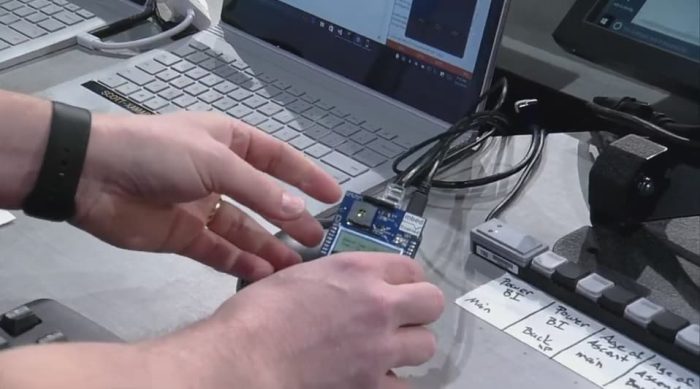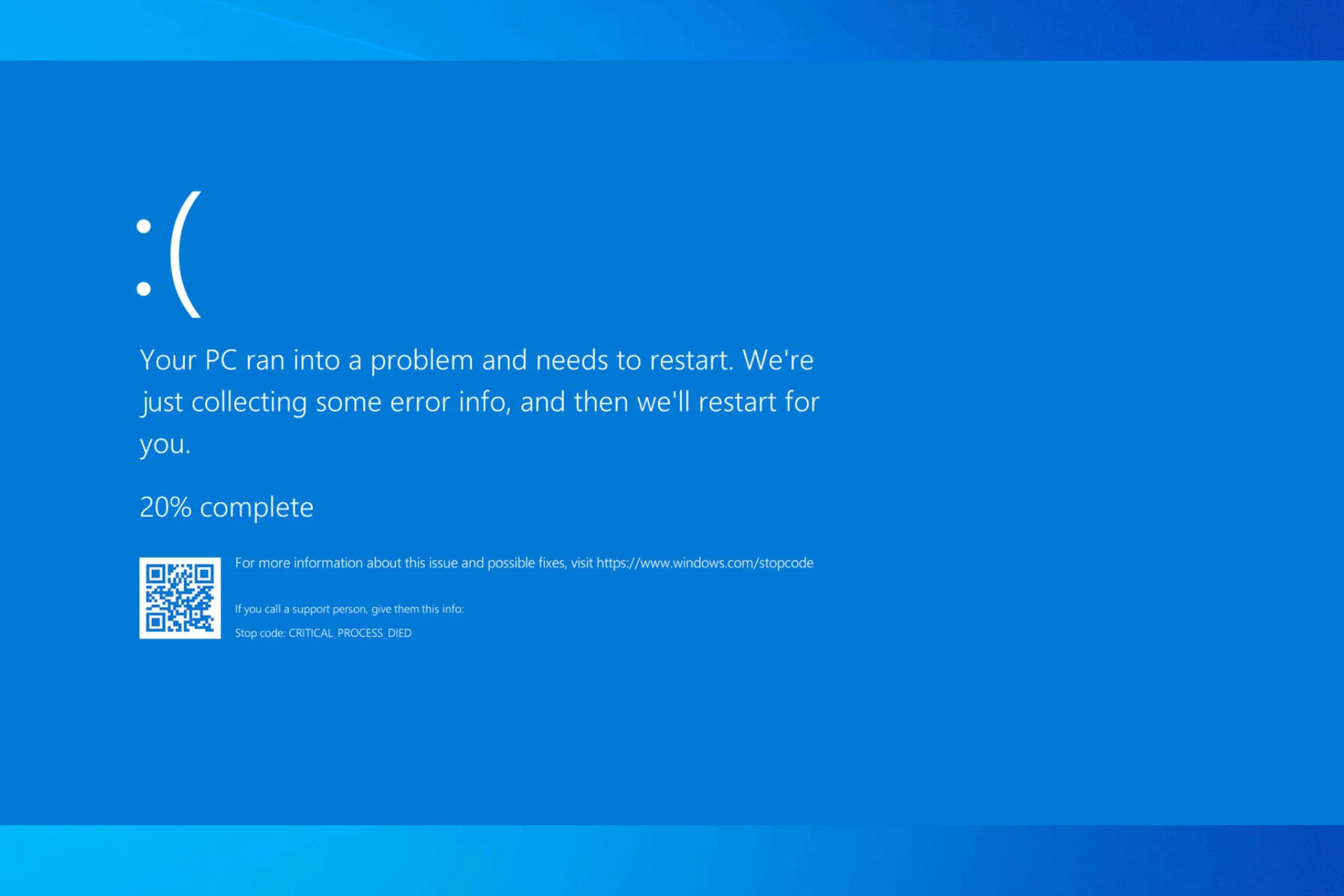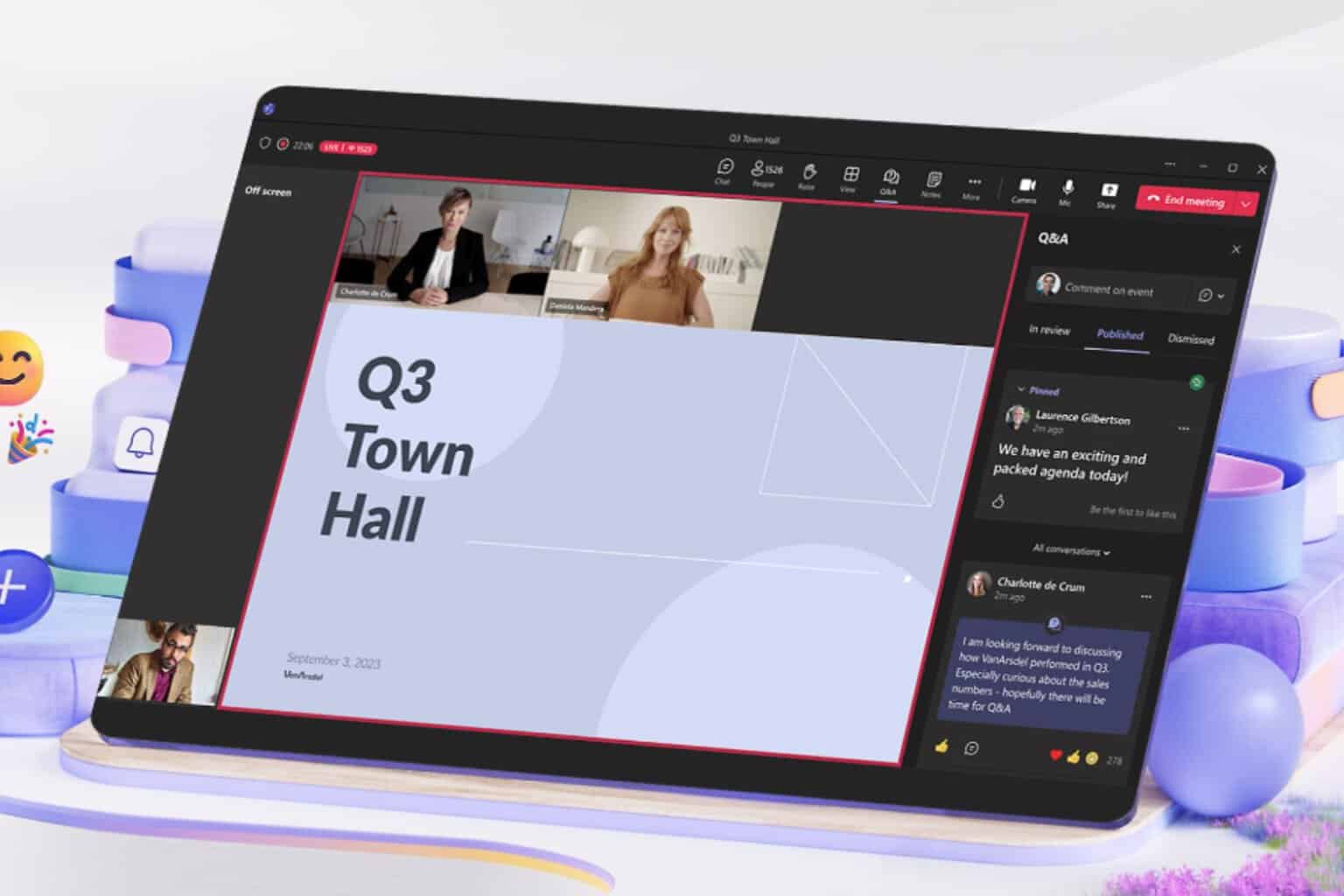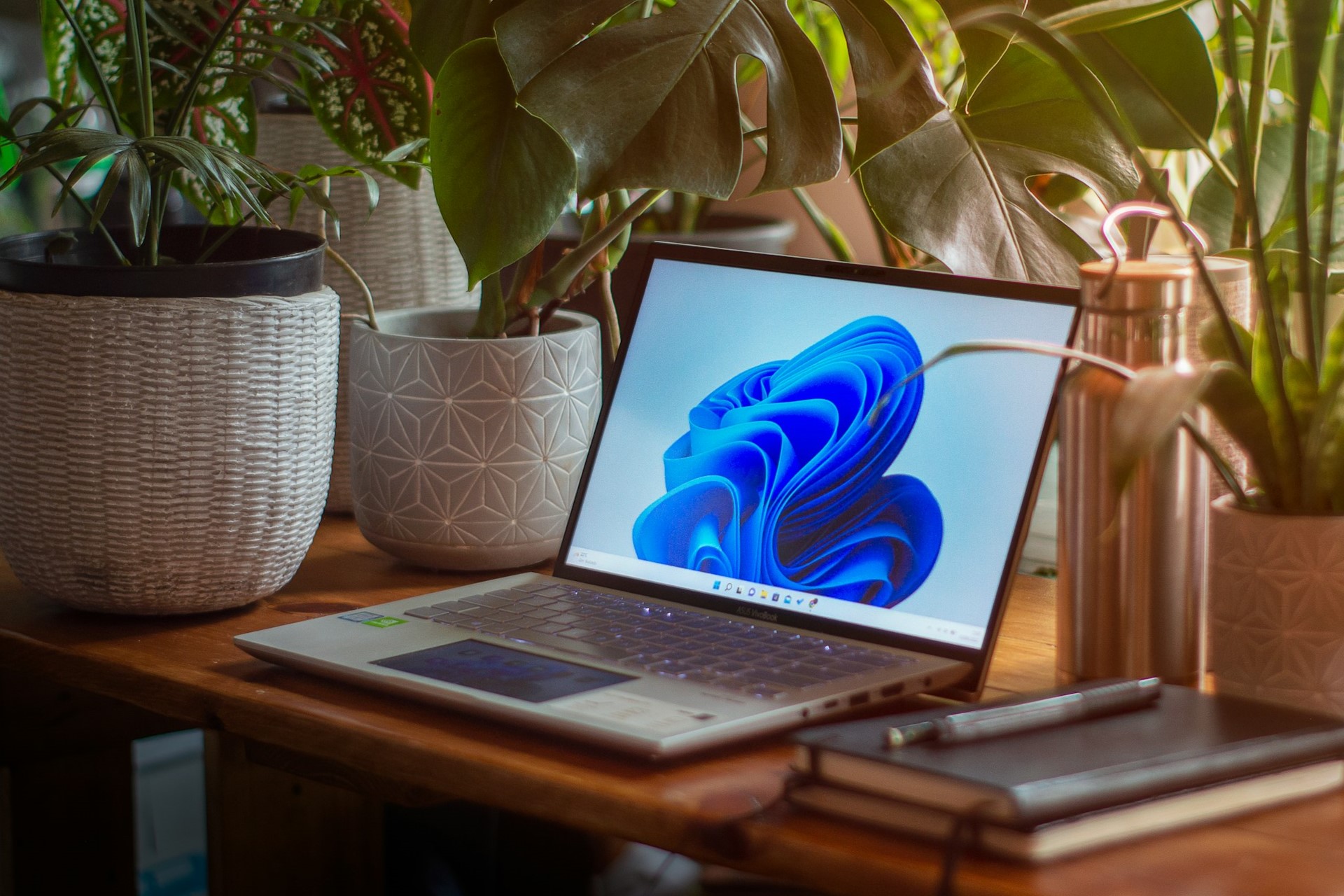Microsoft creates Open Translator to Things projects to bring interoperability to IoT
2 min. read
Published on
Read our disclosure page to find out how can you help Windows Report sustain the editorial team. Read more

The Internet of Things has been a goal for Microsoft for a long, long time now – and it doesn’t take much to figure out why. Many people dream of a world where every device can interact with everything, and where you can use your computer or your mobile device as the ultimate control panel for your home, car, etc. One problem has always gotten in the way of that, however: the fact that the individual software that runs our appliances tend to be written in countless different programming languages.
It’s this issue that Microsoft wants to attack with their latest initiative: OpenT2T (Open Translators to Things.) The new program serves to have programmers come together to help create translators that change the way that different coding languages deal with objects, and should be making it so that programming apps that control multiple devices should be possible. The plan revolves around what Microsoft calls “Schemas”. Schemas are essentially categories of devices and bring together subcategories into one cohesive thing. For example, “Light bulb schema, instead of a schema for every different brand of light bulb.” Microsoft hopes to have developers identify these schemas, bring together all of the different languages that refer to them and eventually breaking them down into one thing.
The end game for this process is simple: to make it so that one app, using a set of translated code, will be able to interact with a much wider amount of things in your home. Ideally, this broad reach won’t require developers to spend resources writing code that accounts for every possible kind of device. If this initiative from Microsoft could get developers to come together and make their devices work together more efficiently, we could be looking at a new future for the Internet of Things, and new possibilities that could turn our mobile devices and desktops into the intelligent hubs of our homes.
If you want to learn more about OpenT2T, or if you want to join the discussion around it, check out Microsoft’s detailed blog post about the nitty gritty of it.








User forum
0 messages